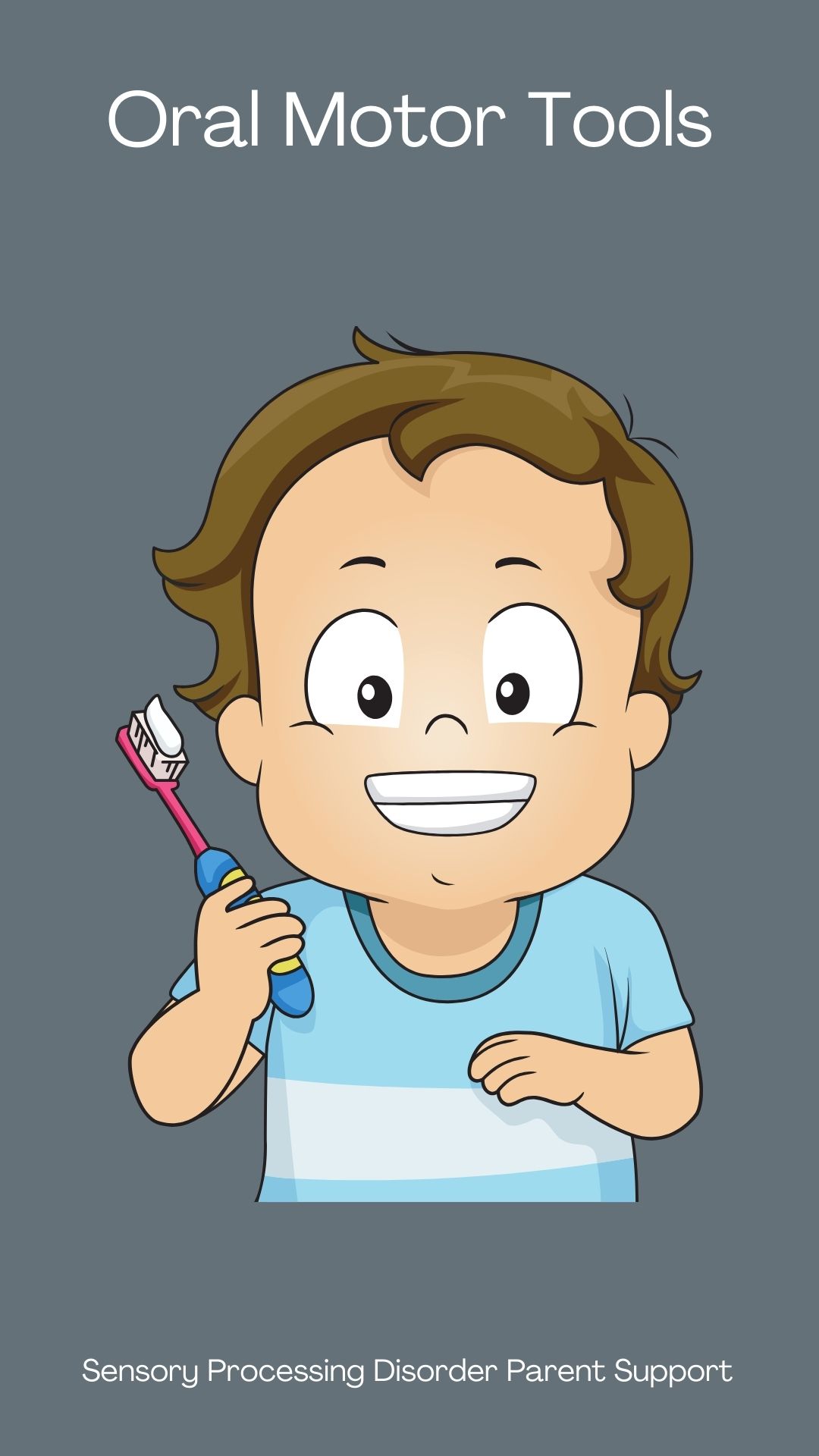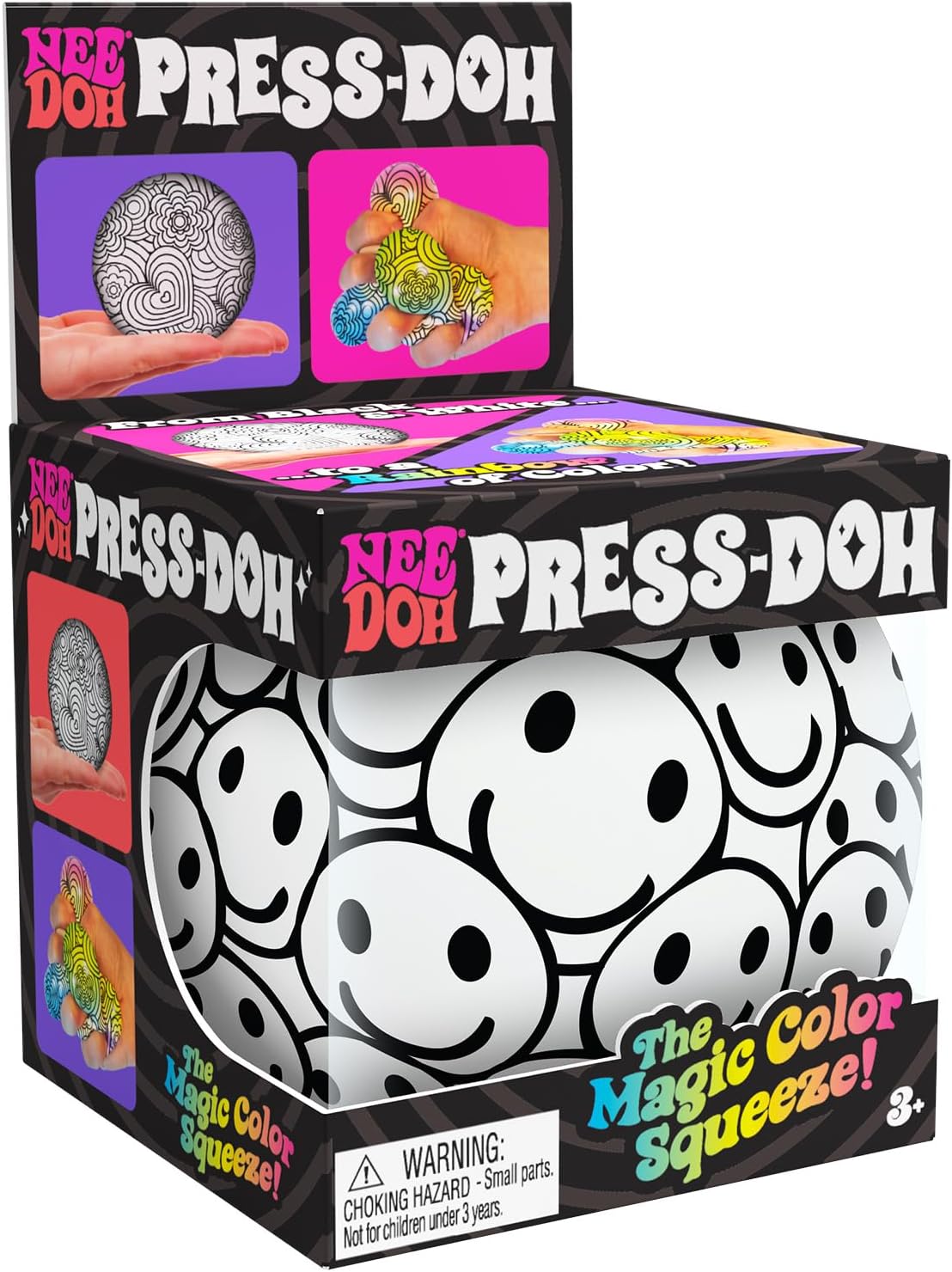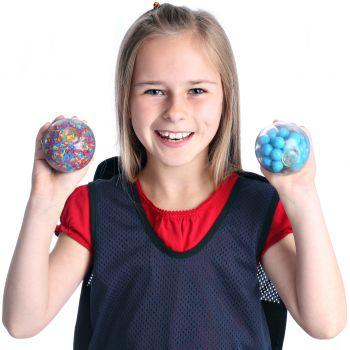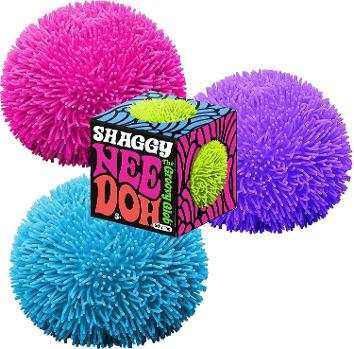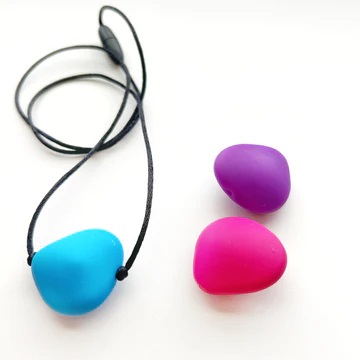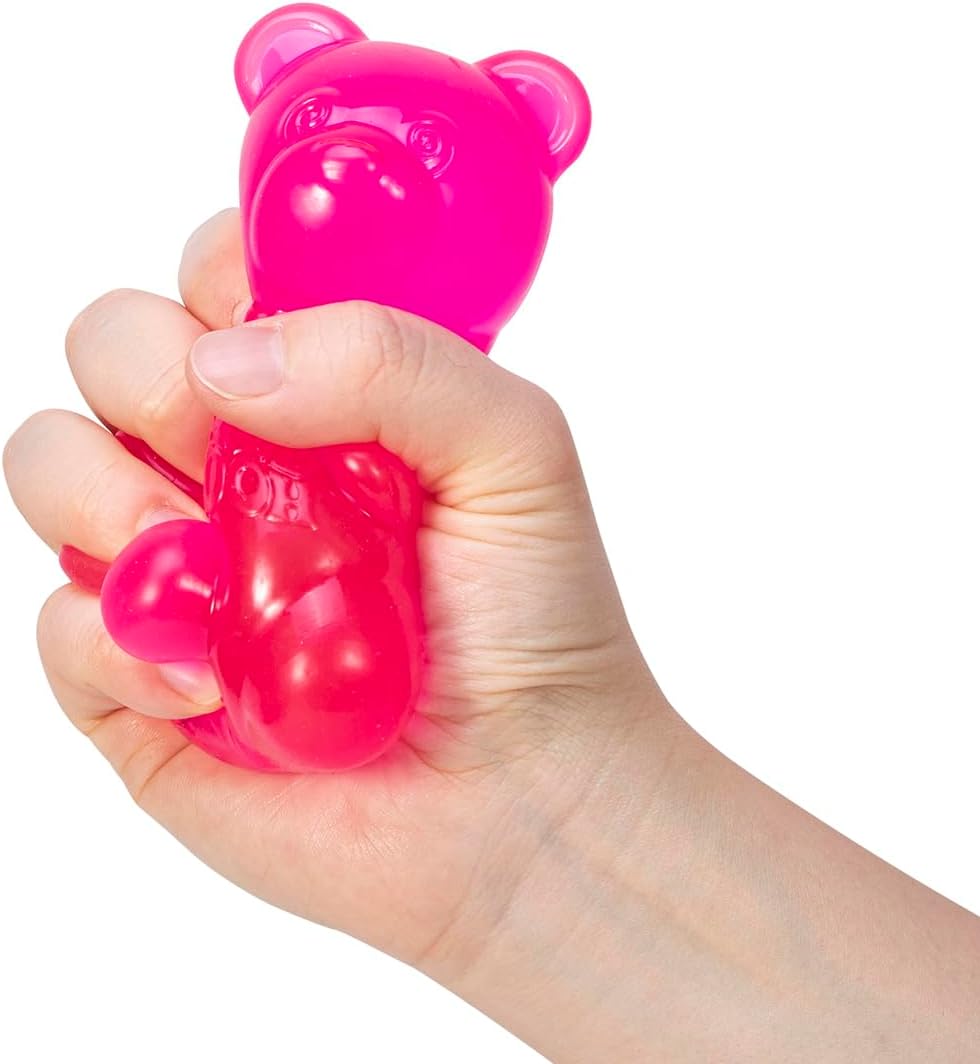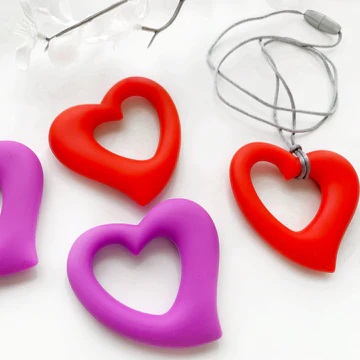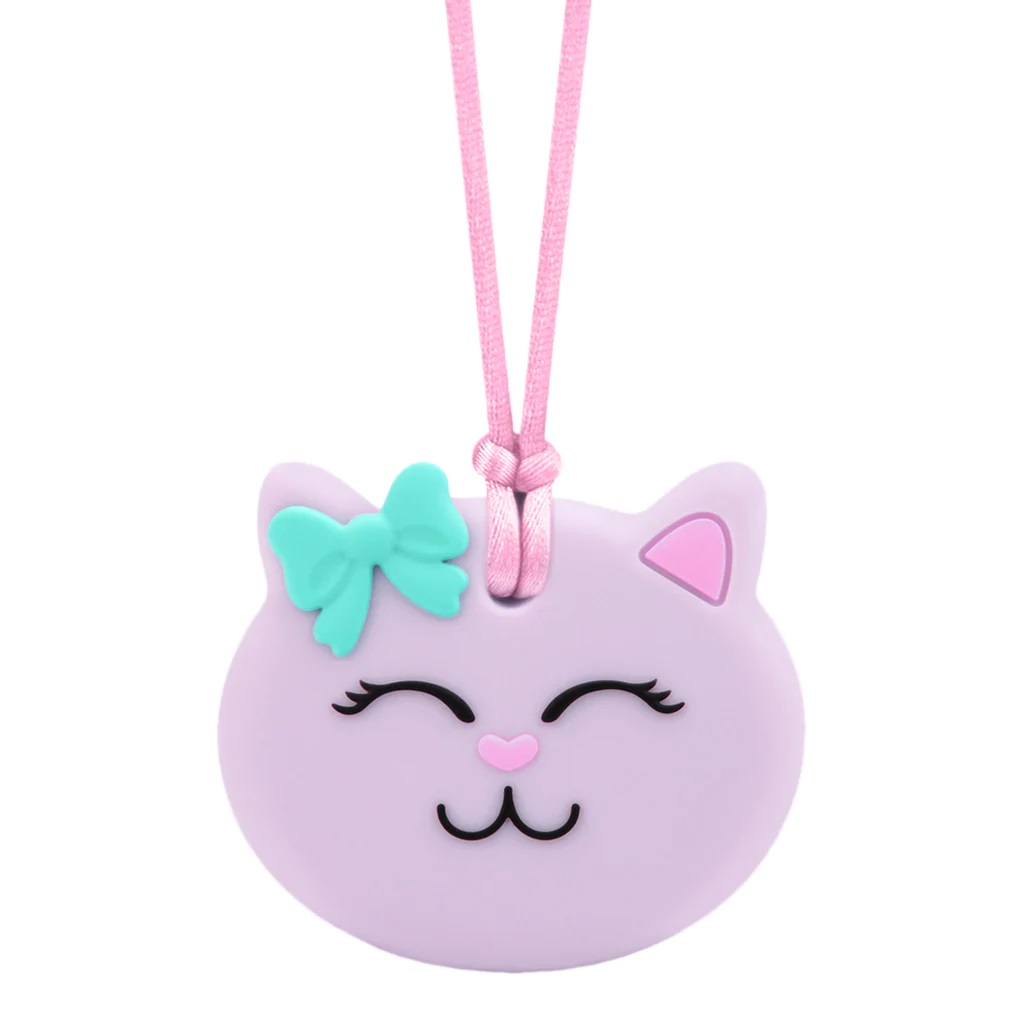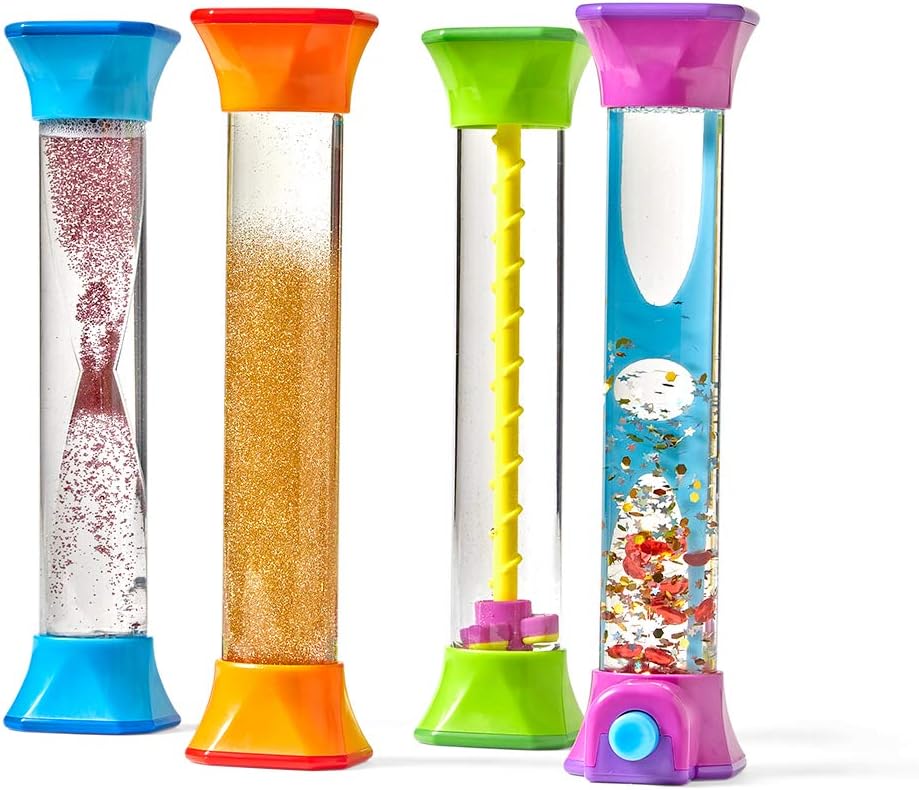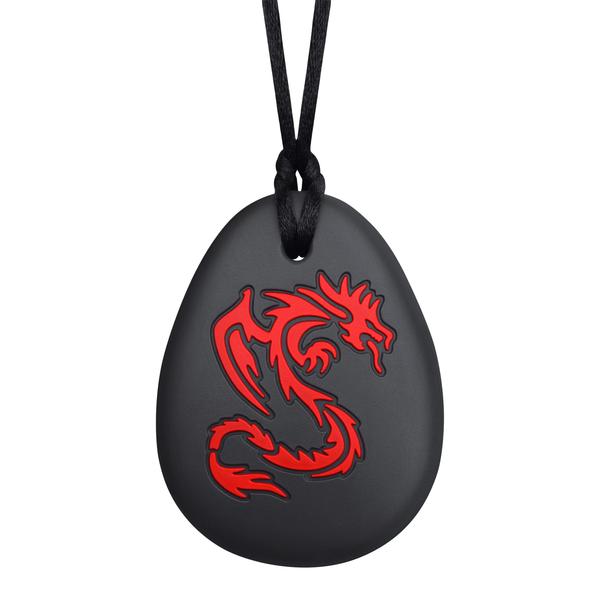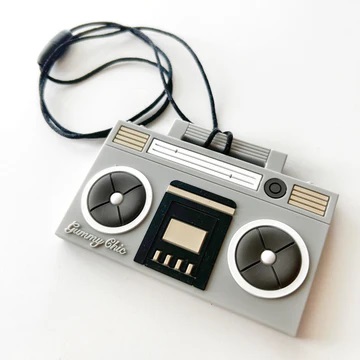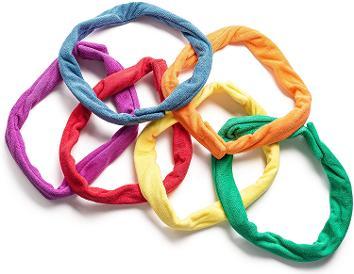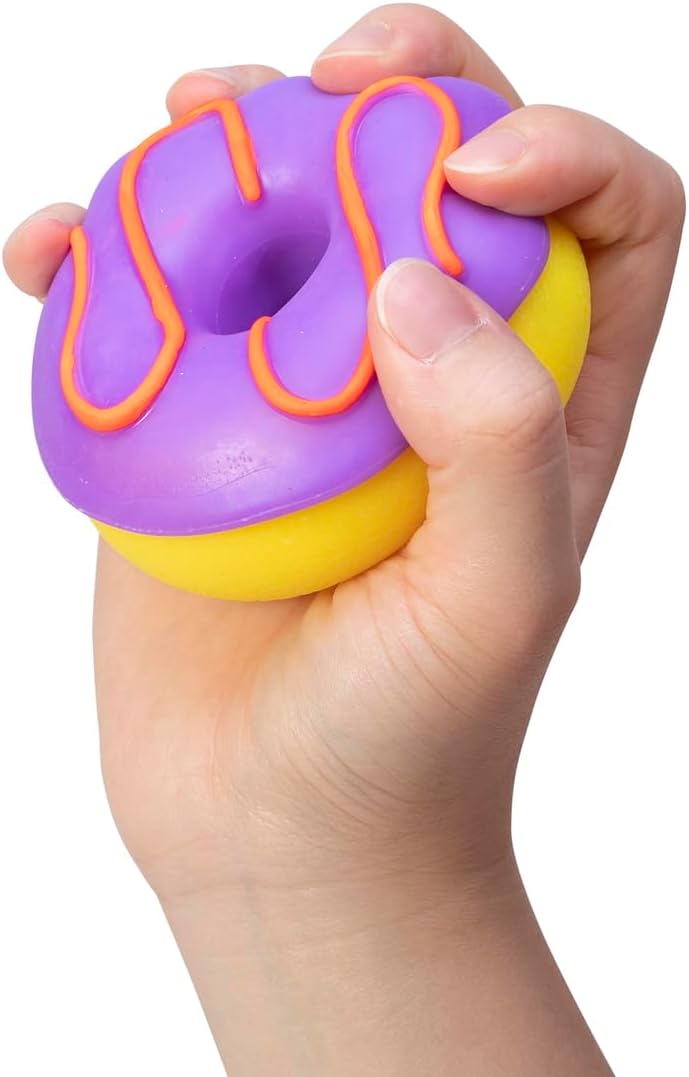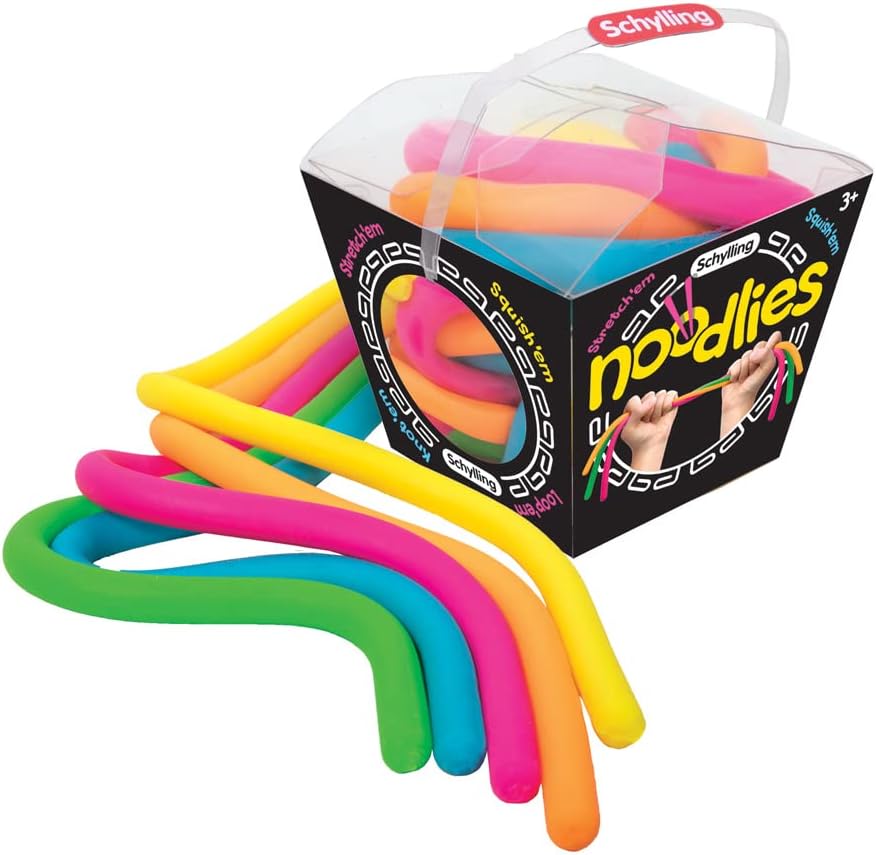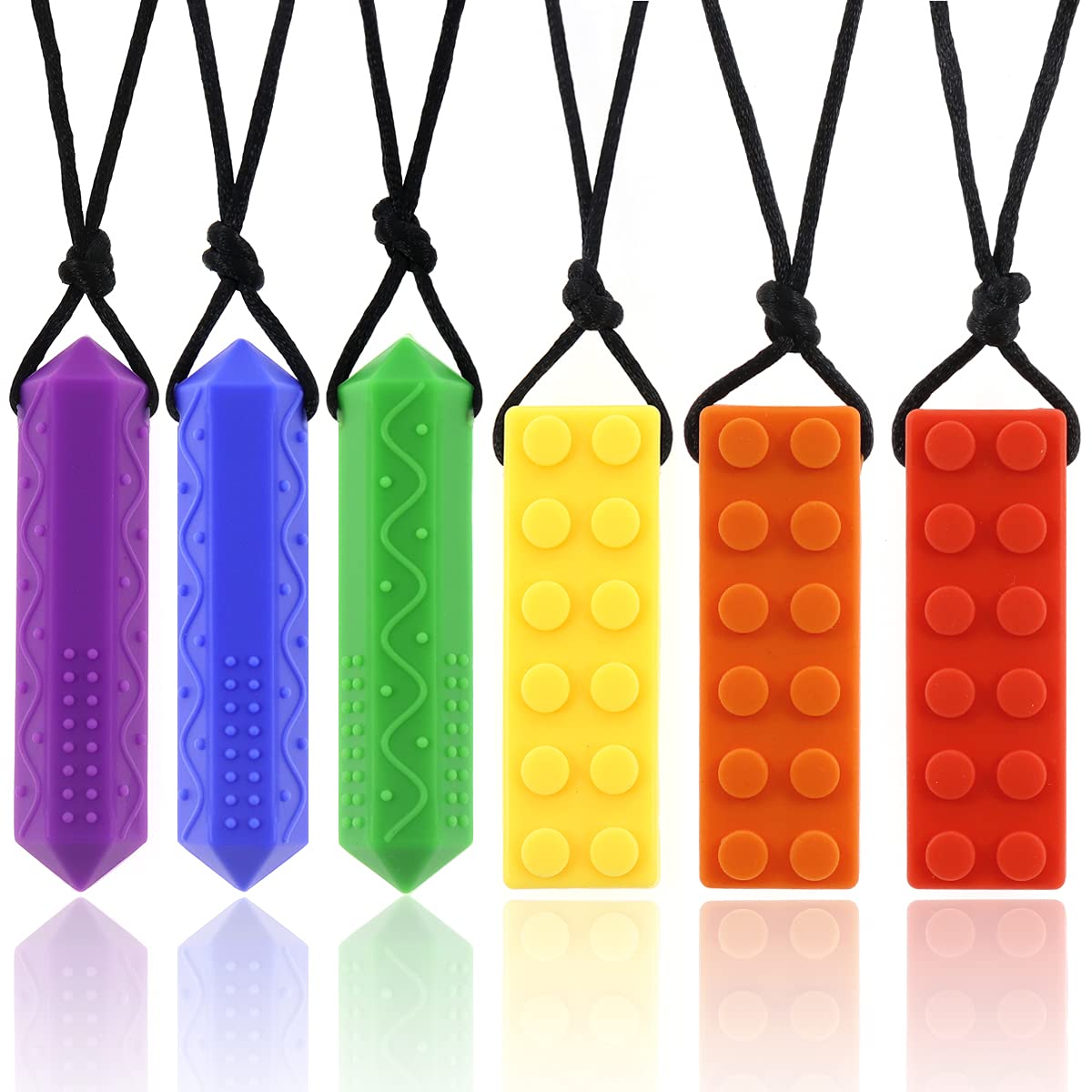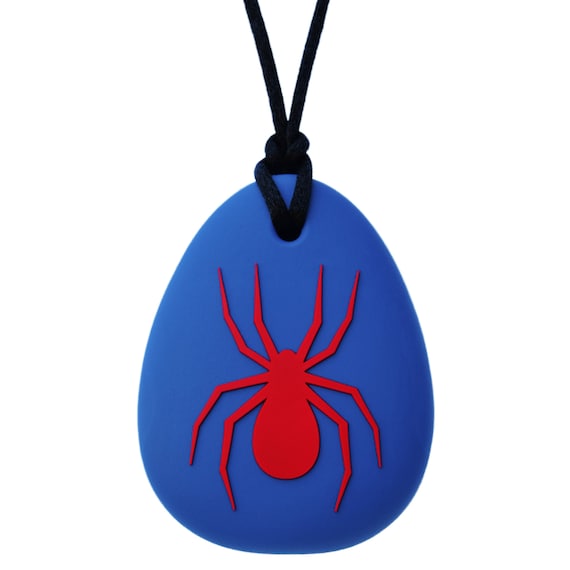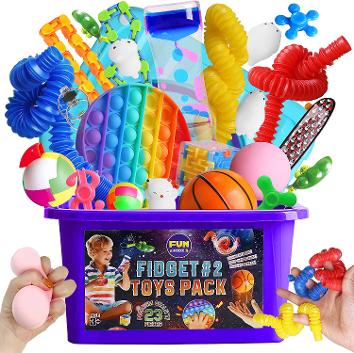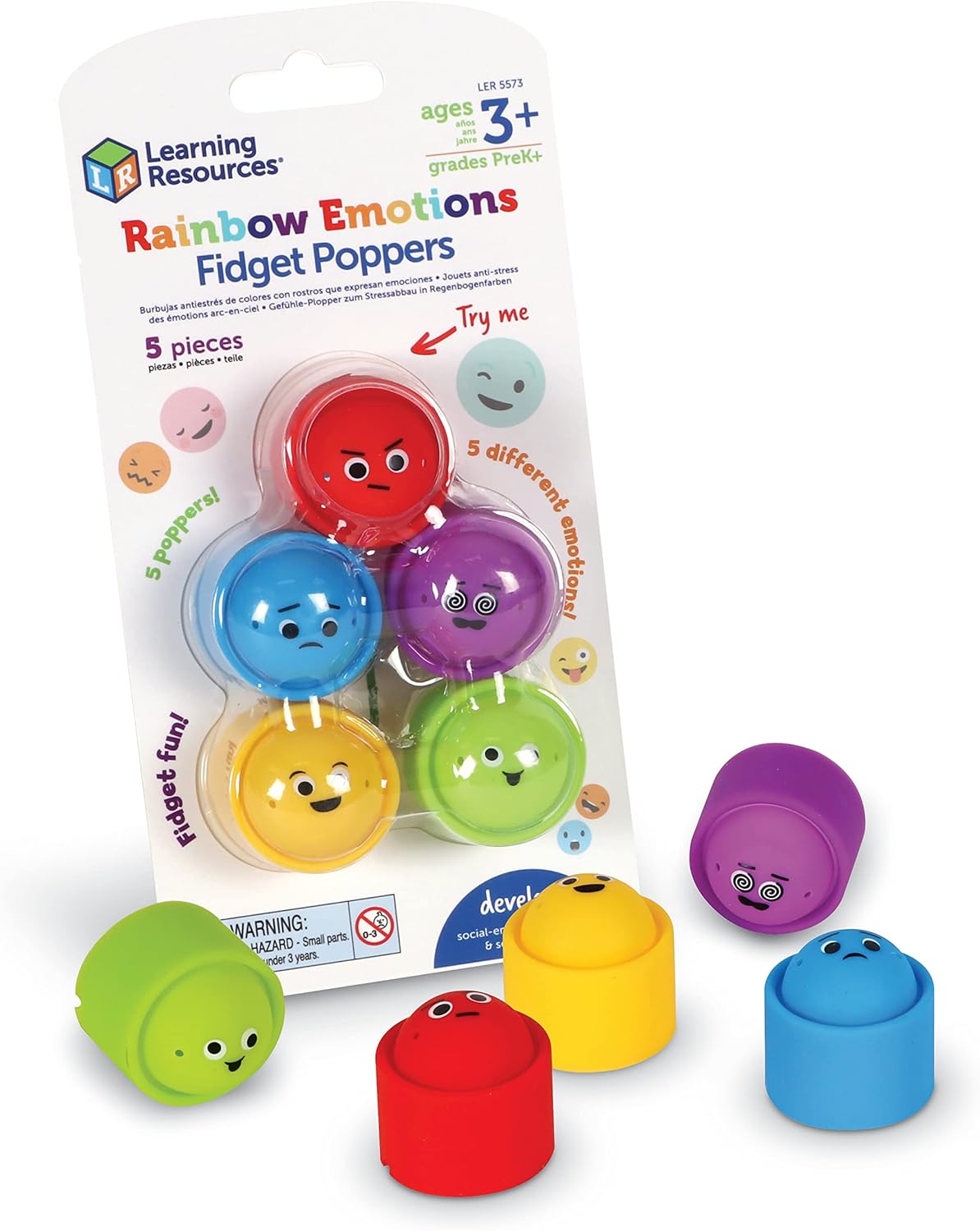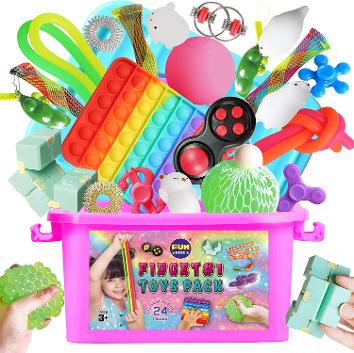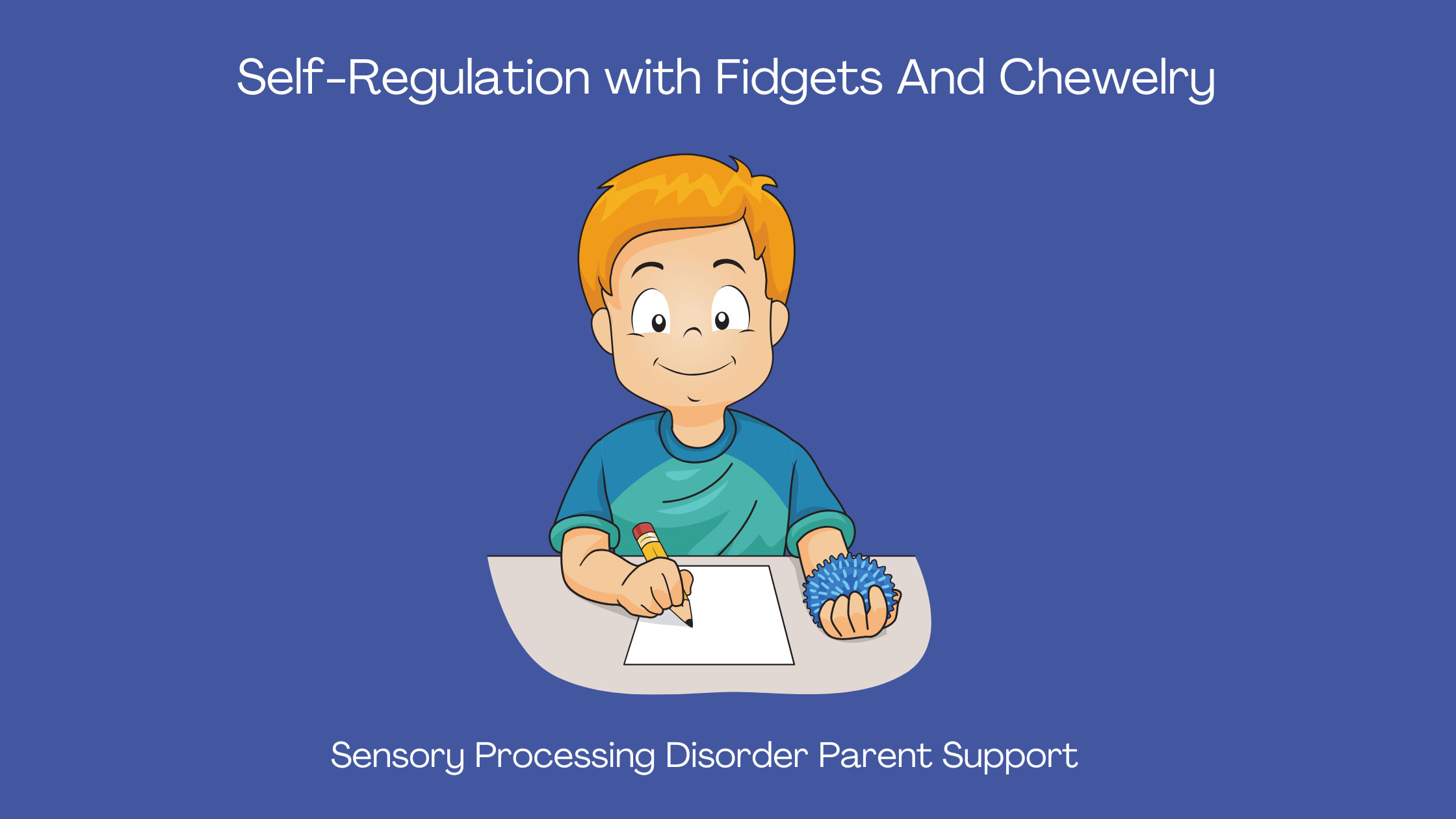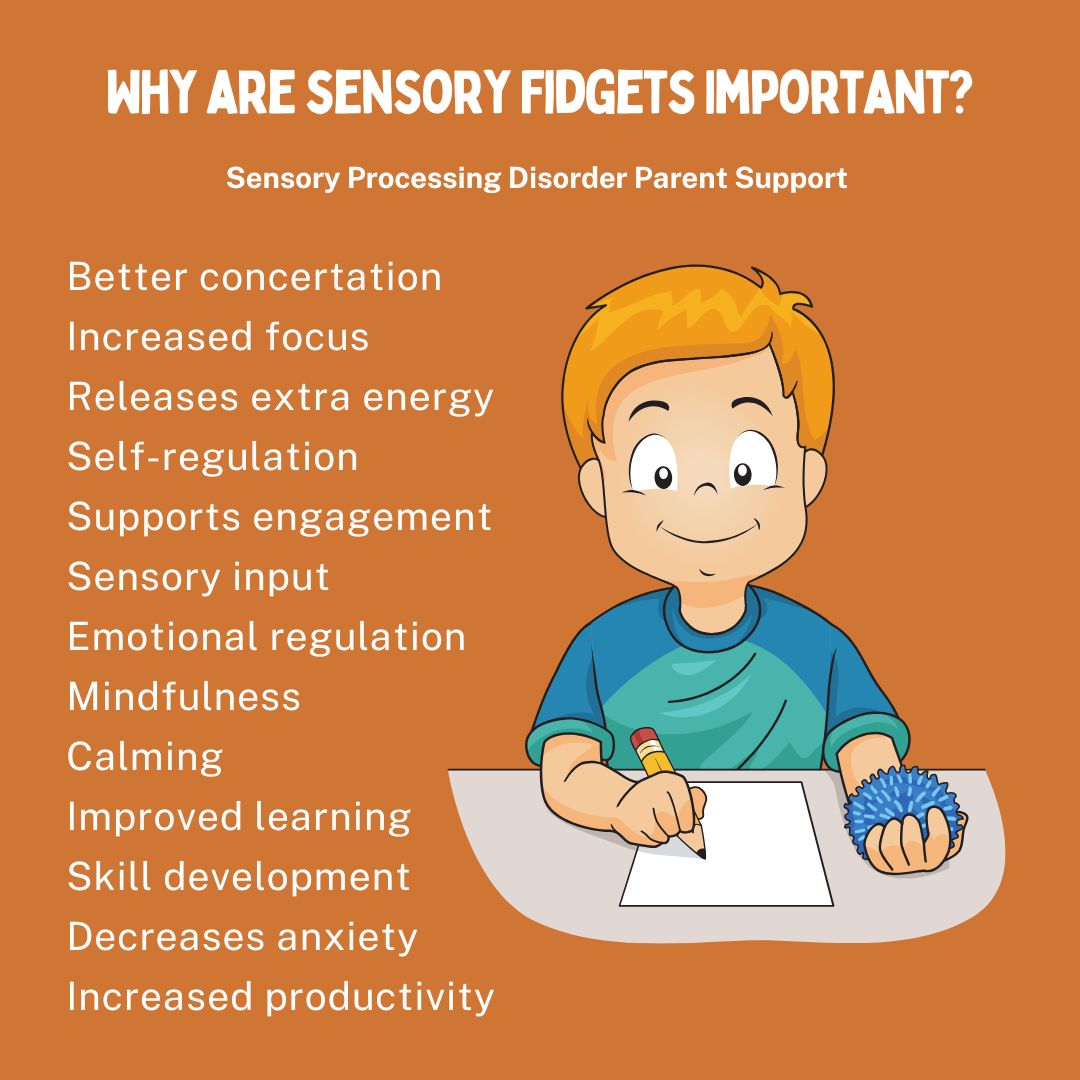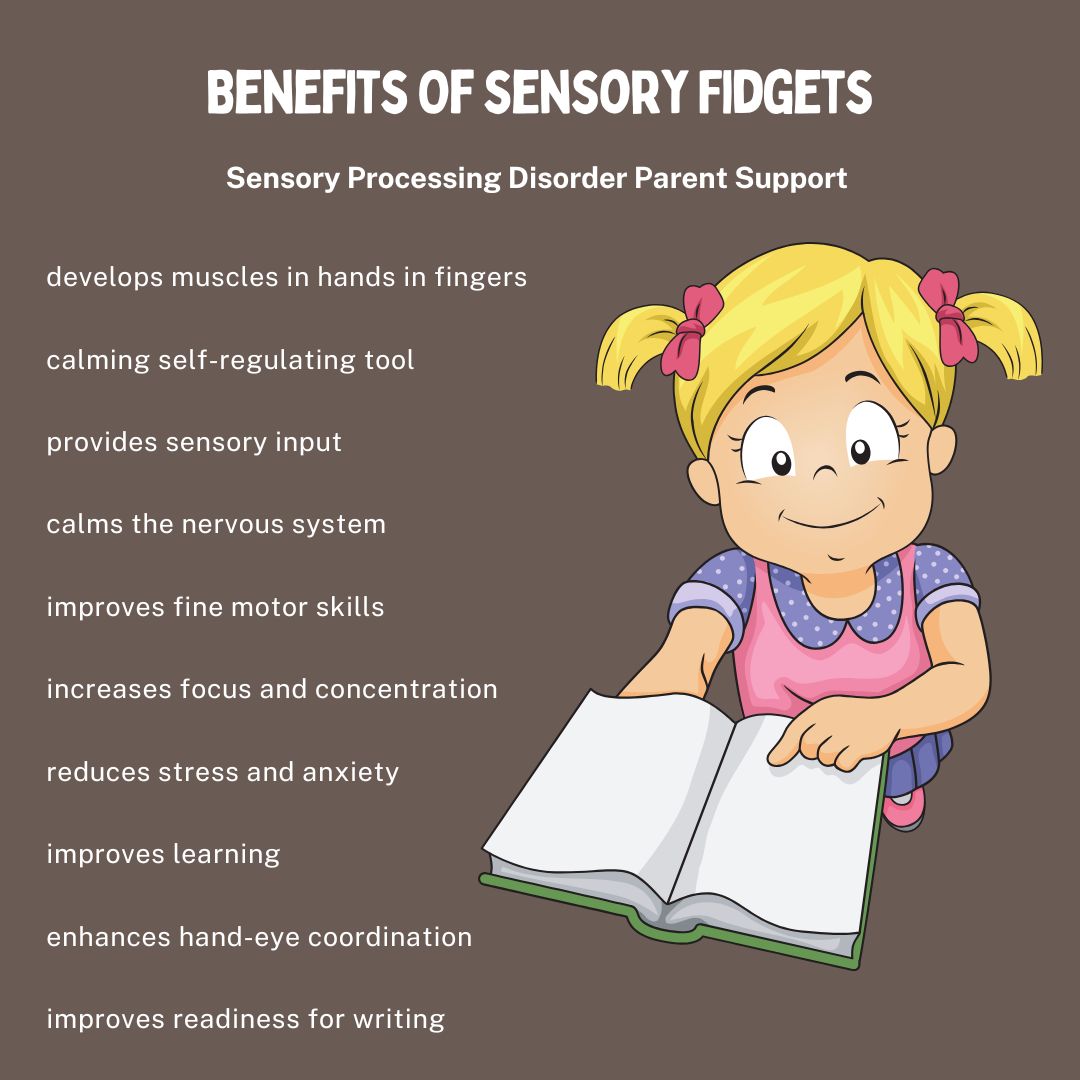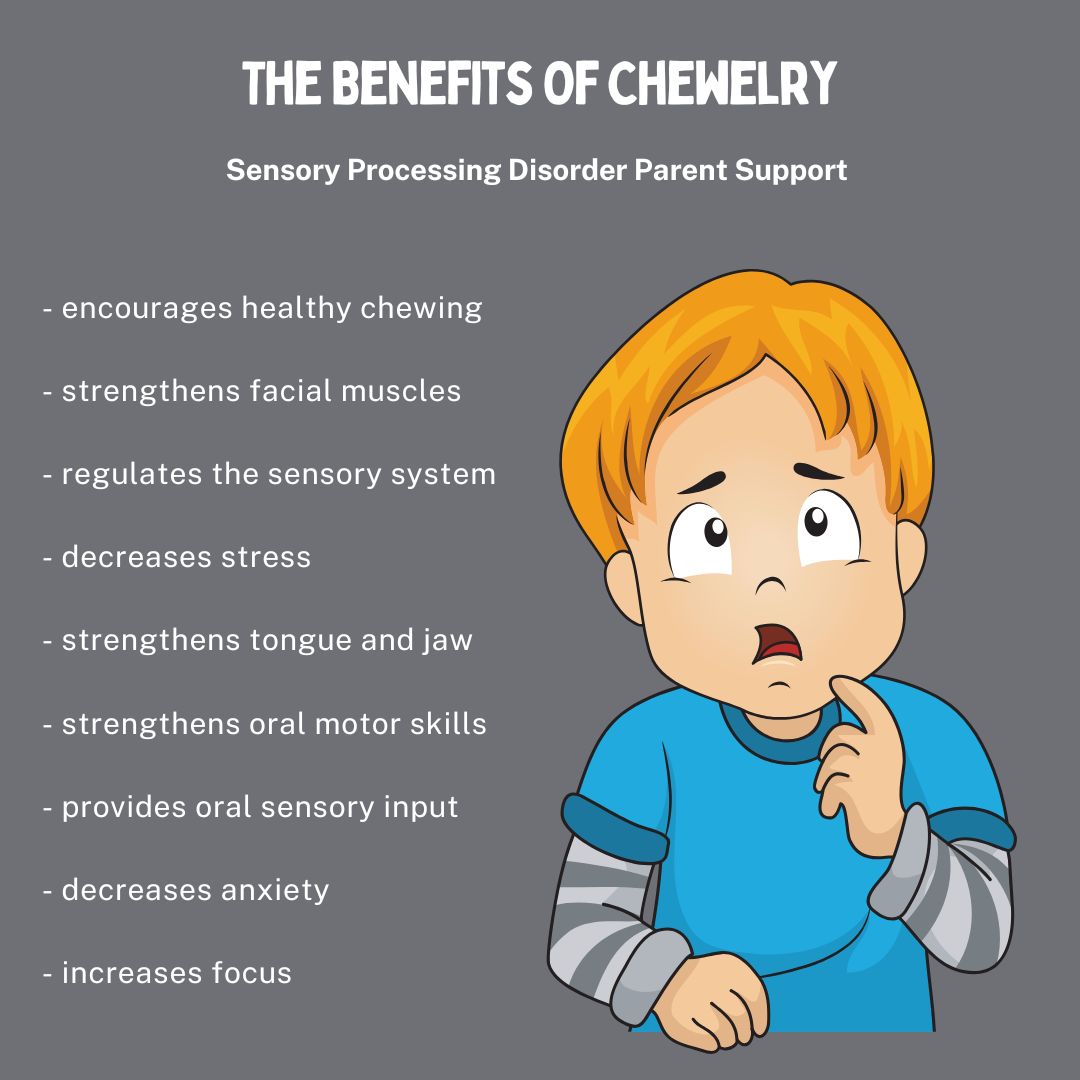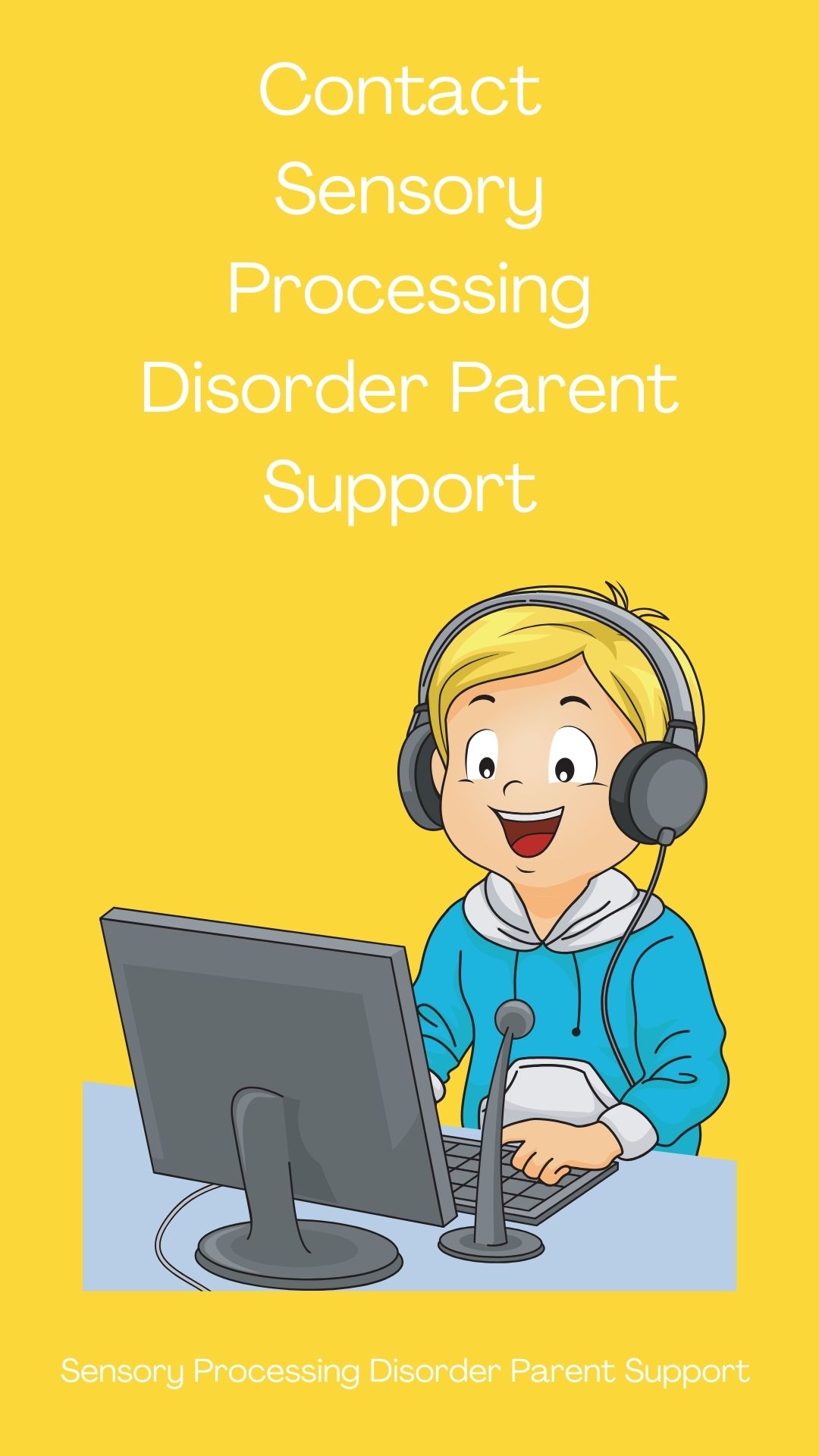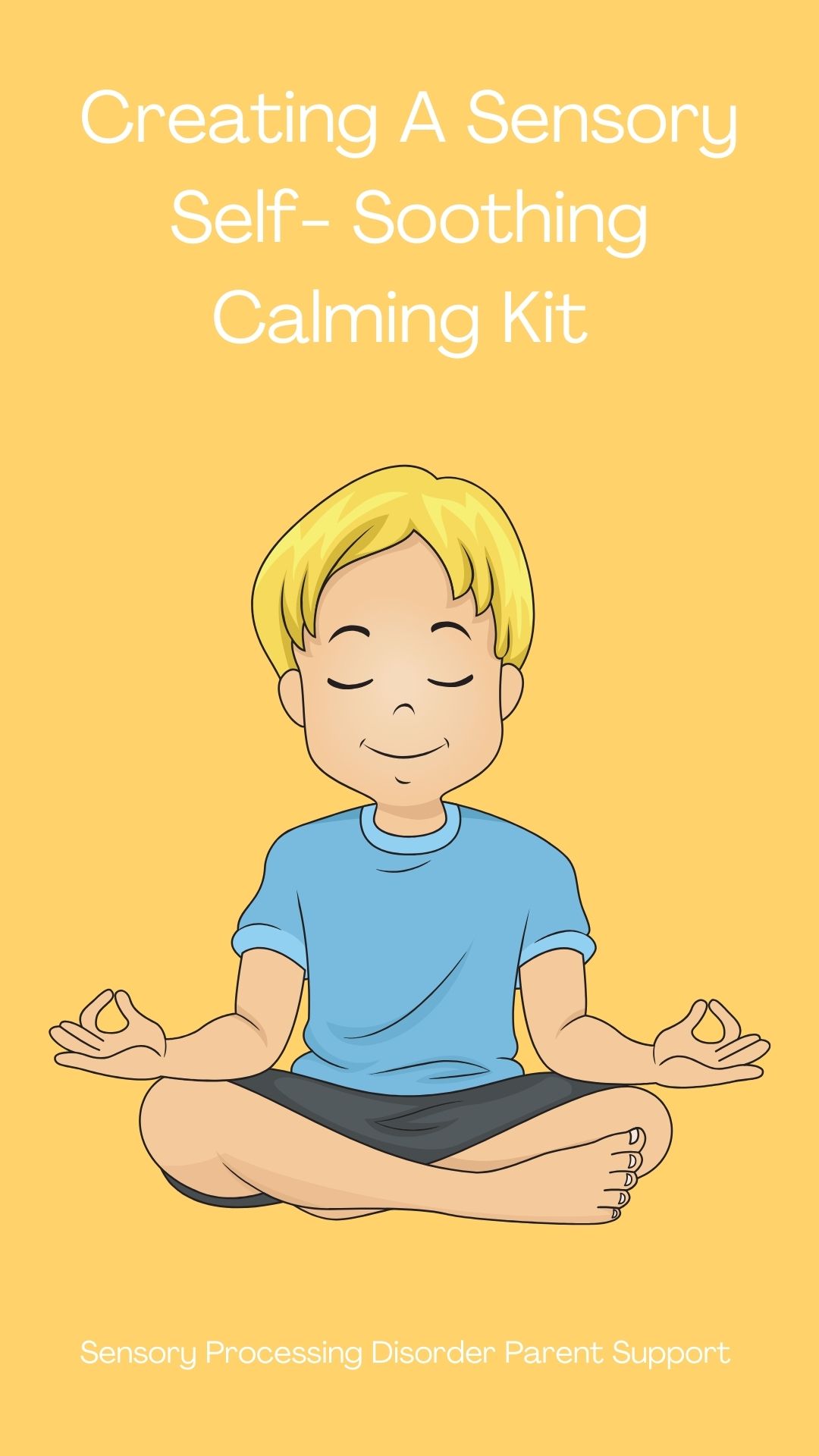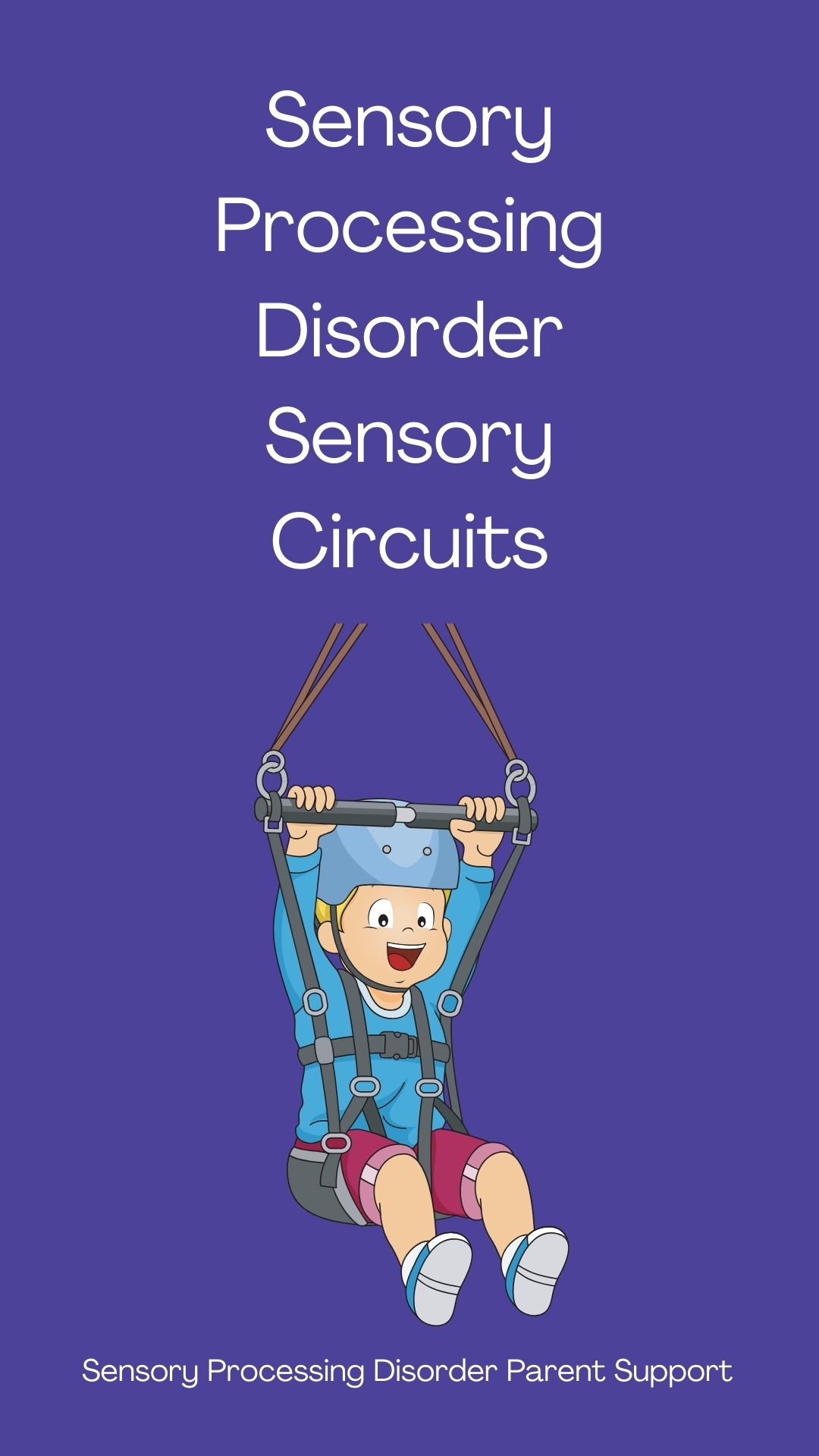Throughout our lives we are always learning new ways to cope with stress, anxiety or sadness. We do our best when we are regulated. Self regulation is a set of skills and techniques that help us stay calm, control our emotions and behaviors.
Fidgeting is often a self regulation mechanism that helps us raise or lower our attention levels. Fidgeting either calms or energizes us. Fidgeting uses movement to help us focus and concentrate. The more we move, the more we are able to think, learn and boost our verbal memory.
When someone has A.D.H.D and they are bored, they get tired or worn down. This is why a stimulant medication works well for those who have Attention Deficit Hyperactivity Disorder as they need stimulation to feel focused and regulated.
There are different types of self regulation tools to assist us to feel calm, relaxed and improve our environments. These tools help us to stay regulated. Chewelry and fidgets are two sensory tools to keep us regulated. We are all seeking just the right balance to keep us comfortable.
Children and adults who have Sensory Processing Disorder, A.D.H.D or are autistic require sensory breaks in their sensory diet throughout the day to keep them regulated even when they are not displaying the need for it. We shouldn't wait until they are already dysregulated to accommodate their sensory needs. When you see your child having a meltdown, or they are hyper and not focused, this is a sign that they are dysregulated. This is usually because they are tired, overstimulated, stressed, anxious or frustrated.
Fidgets come in all shapes and sizes and not all fidgets are created equally. You may spend a bit of extra money trying to find the right fidgets. Some people may enjoy squishy fidgets while others enjoy tangle fidgets. There are so many types of fidgets including sensory putty, stress balls, fidget foot bands and chewelry.
It is important to find classroom fidgets that are not distracting to other students because some fidgets are too noisy and some require more movement and can make kids more hyper. Consult with your child's Occupational Therapist (O.T) to determine which fidgets would be appropriate for your child while they are in class. You may be required to include fidgets and sensory tools in your child's Individual Education Plan. (IEP) The fidgets we use at home may be different than the fidgets we use in a classroom. At times, we need to advocate for our children to have these sensory needs met while attending school.
Everyone has different sensory needs that require different sensory tools or accommodations in their sensory diet. Children who have Sensory Processing Disorder require and need sensory input in their sensory diets. We should never use fidgets or sensory tools as rewards. We should always have sensory tools available for self-regulation. The more we accommodate a child's sensory needs by providing the right tools, the more calm and comfortable they will feel.
